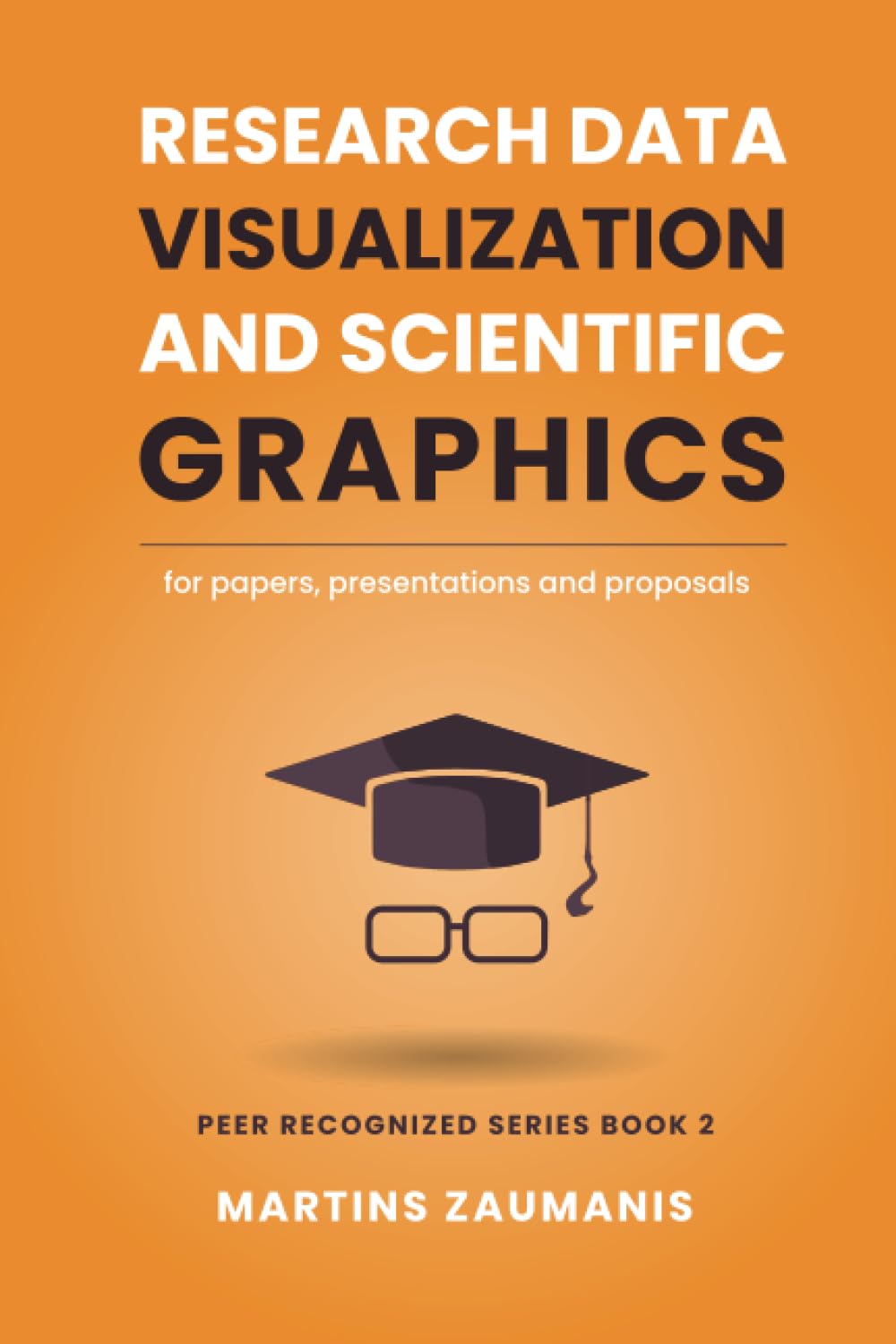內容簡介
內容簡介 Poor data charts and graphics are hindering the effective transfer of knowledge in academia. To get your research noticed and respected, this step-by-step guide will demonstrate essential techniques for creating informative scientific visualizations. By reading this book, you will learn:✓ Eight bulletproof progressions for turning research data into convincing charts✓ Eleven graphical features for converting scientific concepts into self-explanatory diagrams and scientific illustrations✓ Straightforward visualization principles that help to interpret research resultsThe straightforward approaches presented in this book are designed with efficiency in mind. By reviewing a variety of good and bad examples, you will learn how to include scientific visualization in your research communication routine. No artistic talent required.Clear data charts and informative graphics draw citations to papers, make presentations memorable, and encourage reviewers to approve research proposals. This book will show you how to make it happen.What's included:1) Web resources, including a comparison of different software and online tools for data visualization and scientific illustrations2) Two printable cheat sheets that summarize the advice from the book3) A book full of actionable advice for efficiently creating convincing data charts and illuminating scientific graphicsAbout the authorMy name is Martins Zaumanis and I am obsessed with finding ways to communicate science visually. For example, during the last half a year of my Ph.D., I spent almost every evening hand-drawing my research just so that I could present a memorable TEDx talk. But I don't expect you to become obsessed. Quite the opposite: I developed an approach that will allow you to create great data charts and scientific illustrations without taking away time from what you love most - research
作者介紹
作者介紹 I am a researcher at ETH University domain in Switzerland. Working in academia is my dream come true but given my origins, the odds were stacked against me. You see, I grew up in a working-class family in a country that barely anyone has heard of, and I studied at a second-rate university that did not even provide access to research papers.My background did not stop me from earning a Ph.D. in the USA and getting a position at one of the world's best research institutions. This journey was possible only because I developed strong academic communication skills that I will share with you in the Peer Recognized book series.Where did I acquire the skills?To learn telling about my research, I attended courses on public speaking, analyzed great presenters in action, and before my TEDx talk, I even had one-on-one lessons from a theater director. These are skills that no one teaches in graduate school. And even if they did, it most likely the advice would be bad because academics are, for the most part, awful presenters (just recall the number of presentations that start with an "outline").To master writing impactful research papers, I discussed scientific writing with editors of major academic journals, took advice from people who have published in Nature, and read many books about human psychology. To learn writing winning research proposals, I attended a business incubator and even presented my research to angel investors.After years of refining my skills, I can see the work has paid off. Even though literature was far from my favorite subject in school, writing research papers has become one of my favorite tasks. I feel butterflies in my stomach every time I see a new citation of my papers. Knowing that my work is making an impact pushes me to come up with new research ideas, and five years after Ph.D. graduation, I have authored projects amounting to a total of 6.7 million USD. Finally, knowing how to present my work in conferences and on the internet allows me to connect with many scientists and join exciting collaborative research projects.Every day I enjoy being able to do a job I am passionate about. Getting here was only possible because of the academic communication skills that I developed. In the five Peer Recognized series books, I will show you how to acquire these skills without annoying theater directors and journal editors.
